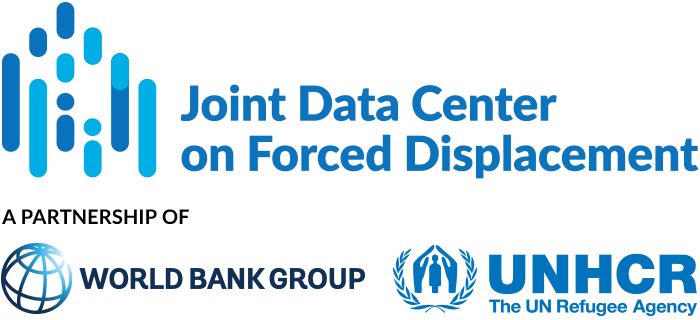This article assesses the levels and determinants of food insecurity among Burkina Faso refugees residing in Ghana. As of February 2023, Ghana hosted approximately 13,500 refugees, including 4,000 asylum seekers from Burkina Faso.
Data was collected in October 2022 in the Upper East Region of Ghana, where most displaced people reside. All consenting adult heads of refugee households in the host communities were eligible participants. The sample size was proportionally distributed based on the number of registered refugees in each district: 256 individuals in Binduri District, 116 in Bawku Municipal, and 28 in Bawku West District.
The validated USAID Household Food Insecurity Access Scale (HFIAS) module was used to assess household food insecurity over the previous 30 days. Participants were also asked about their current accommodation and living conditions, including prior acquaintance with locals, accommodation size, and the presence and sources of social support systems. To measure safety and sense of security, four questions were asked using a 5-point Likert scale. Additional socio-economic data collected included the sex, age, marital status, and religious affiliation of the household head, household size, number of children under five, and number of pregnant women in the household. Predictors of food insecurity were investigated using univariate and multivariate linear regression models.
Main results:
- All refugee households were assessed as food insecure. All 498 refugee households experienced food insecurity, with 95.2 percent facing moderate or severe levels and 70.4 percent experiencing severe food insecurity. This is significantly higher than the national prevalence in Burkina Faso (56.9 percent) and West Africa (64.1 percent).
- Key predictors of food insecurity included location prior to migration, living with somebody the refugee knew before, and satisfaction with their living space. Refugees from urban areas before migration reported significantly higher food insecurity than those from rural areas. Living with someone the refugee knew before (relatives or friends) was associated with lower food insecurity compared to living in refugee housing. Refugees unhappy with their living space had higher food insecurity scores.
- Most refugees were dissatisfied with their living conditions. Over half (54 percent) of the refugees lived in designated refugee housing, 23 percent were staying with relatives or friends, and 20 percent were living with host families they didn’t know previously. Most (84 percent) were unhappy with their living conditions. Less than a quarter (24 percent) received financial support (mainly from the Ghanaian government and international agencies).
- Most refugees received insufficient resources to meet their basic needs. More than three quarters (76 percent) reported insufficient resources to meet their basic needs.
The study underscores the severe challenges faced by refugees in the Upper East Region of Ghana, particularly regarding food insecurity and living conditions. The findings highlight the critical role of social support and community integration in alleviating food insecurity among refugees. Those residing with acquaintances or within local communities experienced fewer food-related challenges compared to those in designated refugee housing. This emphasizes the need for policies that promote community-based support systems and enhance the integration of refugees into local food systems.


